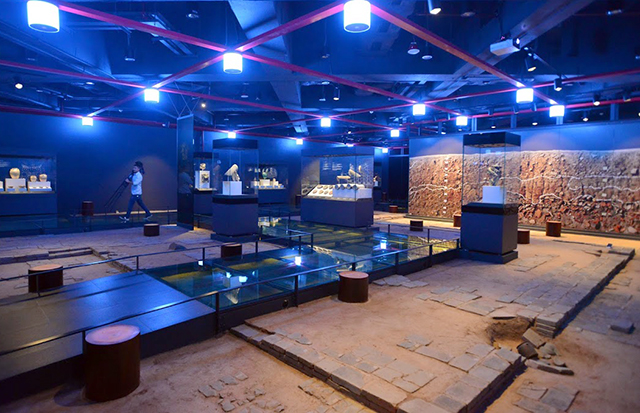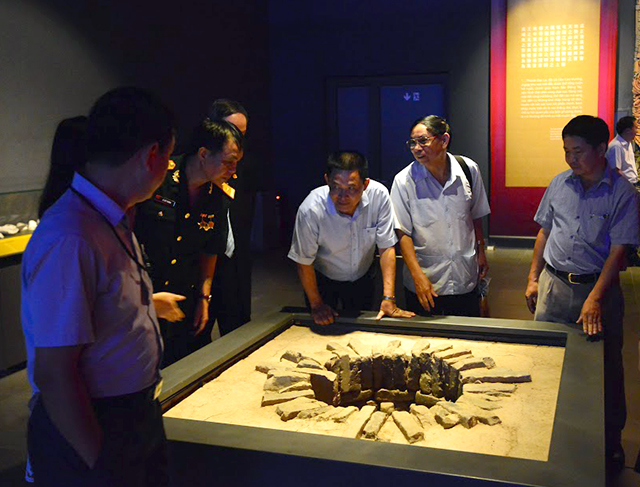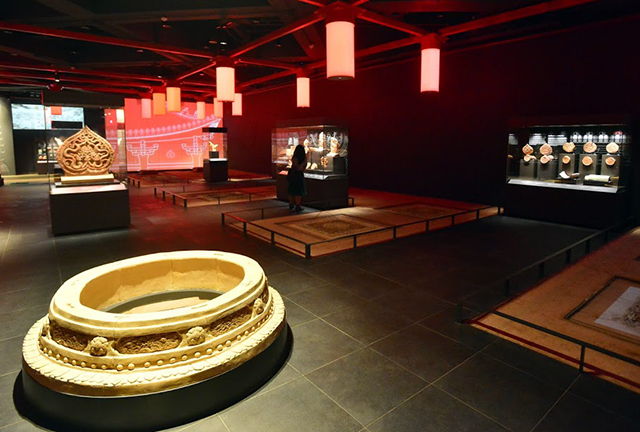Over 400 artifacts and almost 10 relics, which reflect the history of 1,300 years of continuous development of Viet Nam, through periods of Dai La, Dinh, Ly, Tran, Le, are on display at the National Assembly (NA) House’s two basement levels. These exhibits were restored with 3D technology.
 |
| The walkway for visitors was designed in the centre of the exhibition room |
Covering an area of 3,700 m2 in the NA’s two basements, the exhibits are on display in an archaeological stratigraphic principle (chronological order). Highlights and historical stories featured in each display detailed cultural value of the heritage during that period of time.
The works on display at the 2,000m2 second- level basement date back to the early Thang Long period, from the 17th to 19th centuries.
Visitors feel as though they are standing in the middle of an excavation site as they discover the vestiges of 17 wooden architectures, 7 water-wells and many relics and daily utensils from the Dai La period, or the Dinh – Pre Le dynasty period.
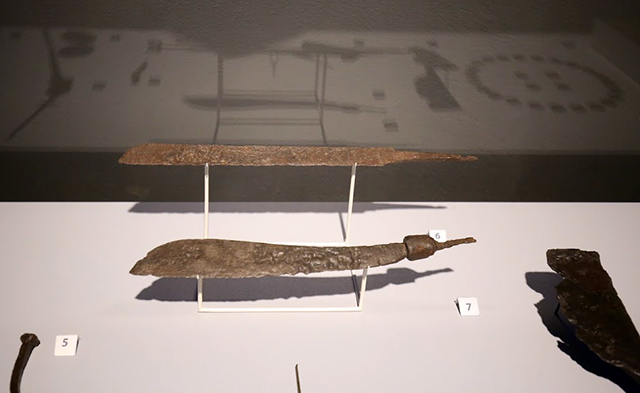 |
| Metal utensils of Vietnamese people in pre-Thang Long period |
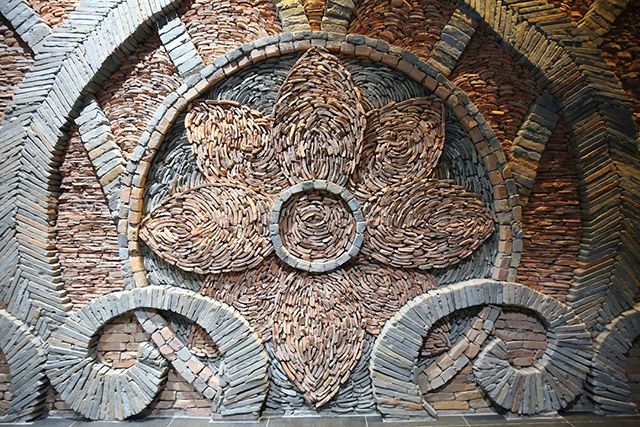 |
| The ‘Binh Minh Thang Long’ (Dawn of Thang Long) picture is made from pieces of broken bricks and tiles, which were unearthed at the excavation area |
The 1,700m2 first- level basement introduces artifacts dating back to the Thang Long period, or the Ly, Tran and Le dynasties, between the 11th and 18th centuries.
The 42 light column system highlights the architecture of the palace structure in Ly dynasties, with 42 pillars, which were reconstructed under the floor.
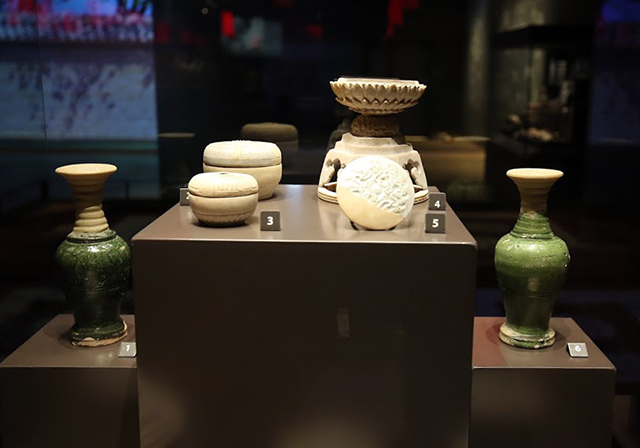 |
| The exhibits include architectural materials and daily utensils |
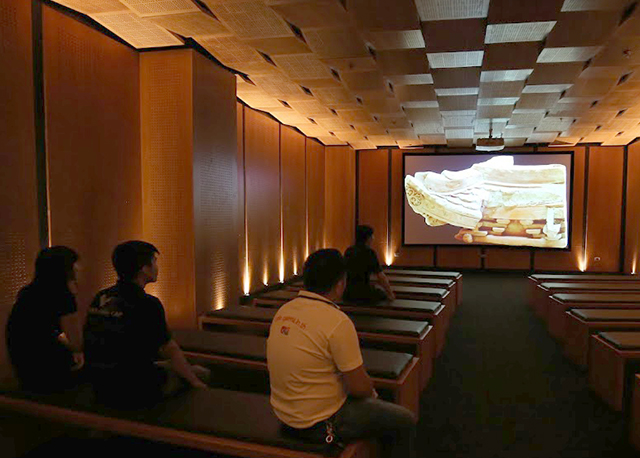 |
| Visitors are also invited to watch films on the Ly dynasty’s architecture in a 60-people screening room located on the second basement. |
(Source: NDO/ DA NANG Today)
.

